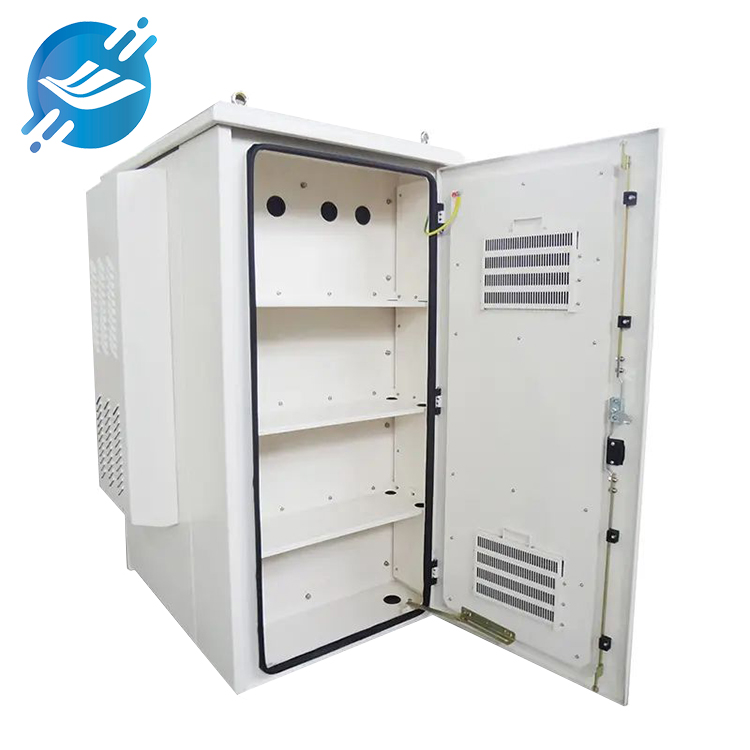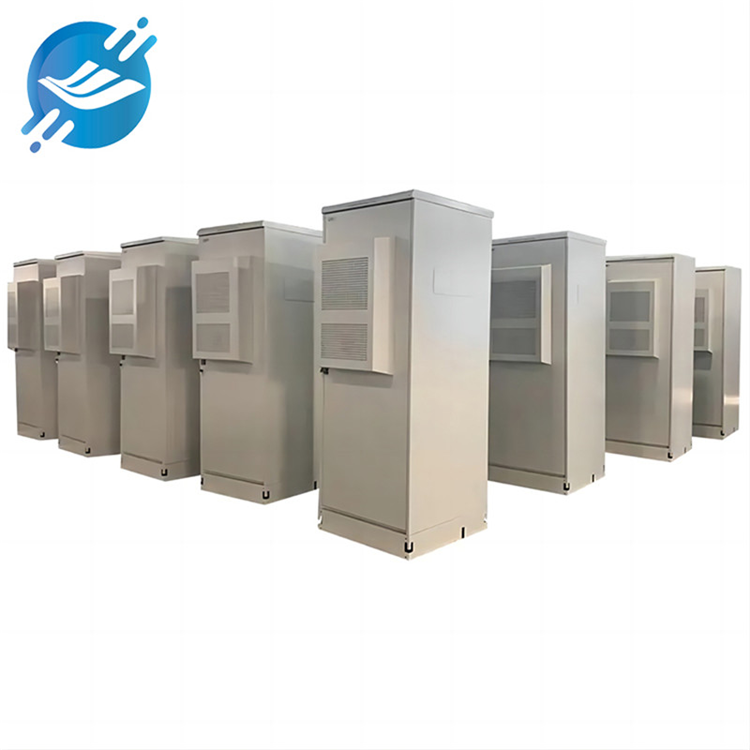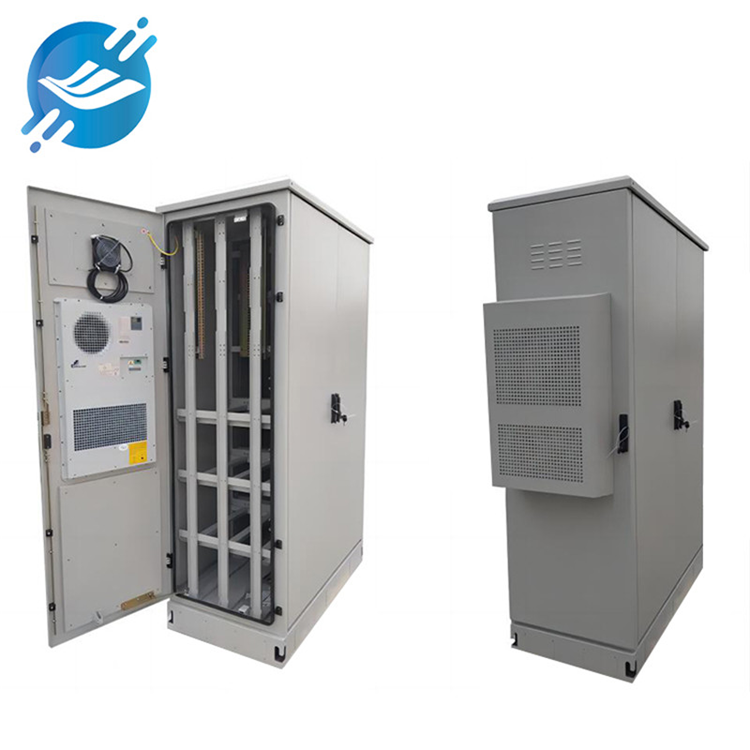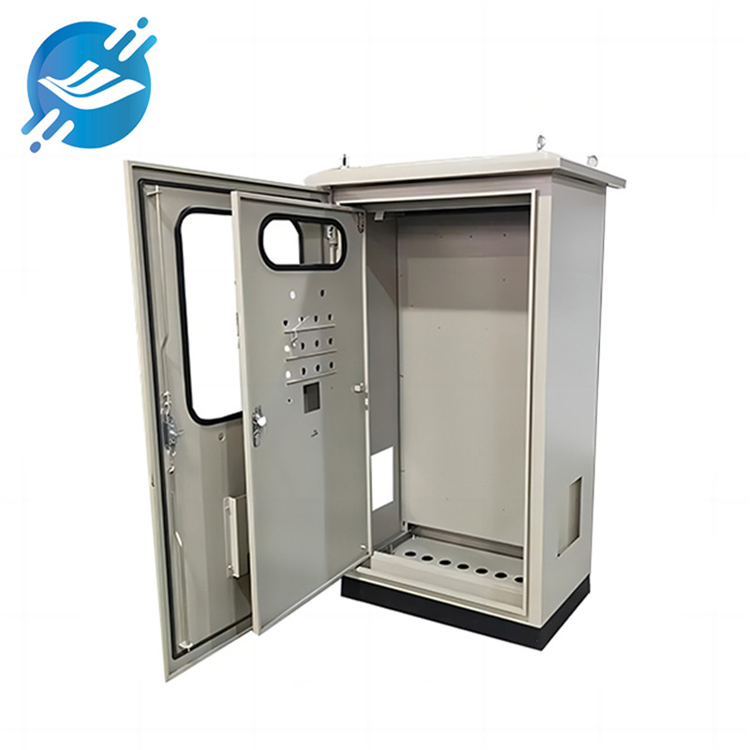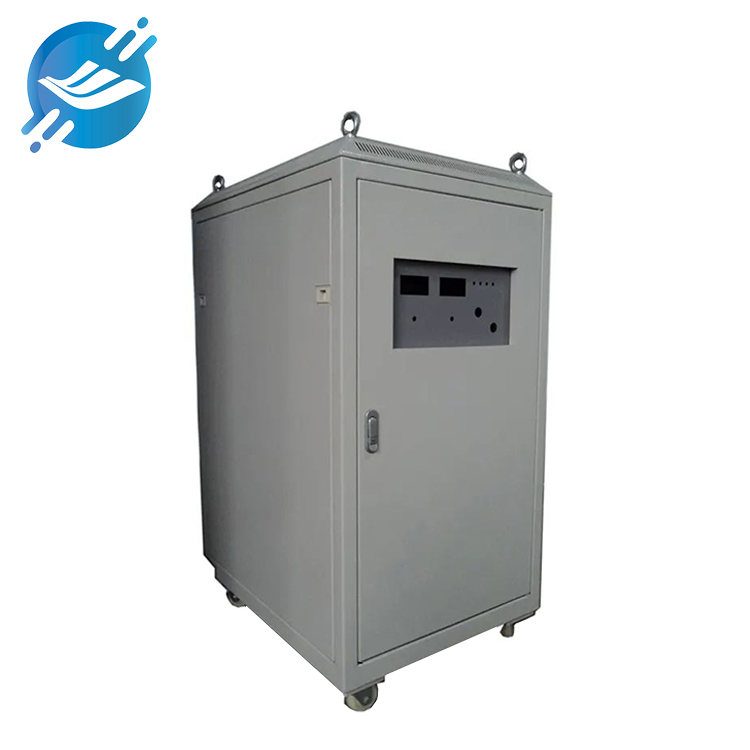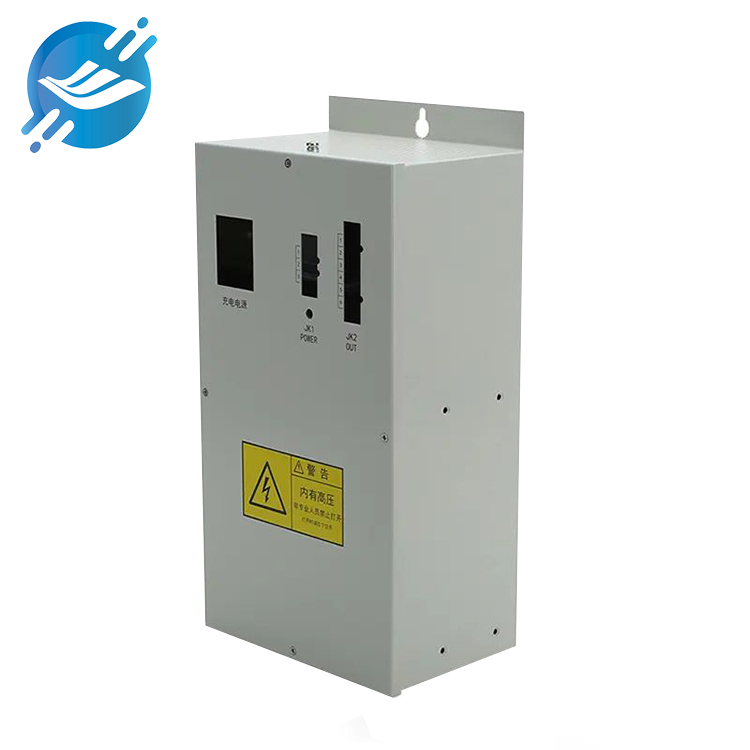Distinguished from the appearance and structure, electric control cabinets and distribution cabinets (switchboards) are of the same type, and electric control boxes and distribution boxes are of the same type.
The electrical control box and distribution box are sealed on six sides and are generally wall-mounted. There are knock-out holes on the top and bottom of the box to facilitate the entry and exit of wires and cables into the electrical control and distribution box.
Electrical control cabinets and distribution cabinets are sealed on five sides and have no bottom. They are generally installed on the floor against the wall.
The switchboard is generally sealed on two sides, and there are also three, four and five sides. The switchboard is installed on the floor, but the back cannot be against the wall. There must be space for operation and maintenance behind the switchboard.
The specific sides of the switchboard are sealed, and you need to make a request when ordering. For example, if five switchboards are installed side by side and continuously, only the left side of the first one needs a baffle, the right side of the fifth one needs a baffle, and the left and right sides of the second, third, and fourth ones are all open.
If a power strip is installed and used independently, there needs to be baffles on the left and right sides. In most cases, the back of the switchboard is open. There can also be a door at the back according to user needs, which can prevent dust and facilitate operation and maintenance.
From a functional perspective, distribution panels, distribution cabinets and distribution boxes belong to the same category, and electrical control boxes and electrical control cabinets belong to the same category.
Generally speaking, distribution boards distribute electric energy to lower-level distribution cabinets and distribution boxes, or directly distribute electric energy to electrical equipment. Distribution cabinets and distribution boxes directly distribute electric energy to electrical equipment. Sometimes distribution cabinets are also used. It distributes electric energy to lower-level distribution boxes.
Electric control boxes and electrical control cabinets are mainly used to control electrical equipment, and also have the function of distributing electric energy to electrical equipment.
Knife switches, knife-fusion switches, air switches, fuses, magnetic starters (contactors) and thermal relays are mainly installed in distribution cabinets, distribution boxes and distribution boards. Sometimes current transformers, voltage transformers, ammeters, voltmeters, watt-hour meters, etc. are also installed.
In addition to the above-mentioned electrical components, electrical control boxes and cabinets will also be equipped with intermediate relays, time relays, control buttons, indicator lights, transfer switches and other functional switches and control equipment. Some even include frequency converters, PLC, single chip microcomputer, I/O conversion device, AC/DC transformer regulator, etc. are installed in the electric control box and electric control cabinet. In some cases, temperature, pressure, and flow display instruments are also installed in the electric control box and electric control cabinet. above.
We learned about the classification earlier, let’s take a closer look at its structure:
The electric control cabinet is an important part of the dust removal machinery. The electric control cabinet leads the development of the industry with its exquisite craftsmanship and leading technology. Let’s take a look at some basic structures of the electric control cabinet.
The electric control cabinet uses a PLC programmable module as the host computer to realize automatic ash cleaning, ash unloading, temperature display, bypass switching and other control functions, fully meeting the requirements of the purchaser.
The electrical control cabinet has high reliability. It uses today’s popular IPC industrial computers, embedded industrial chassis, LCD monitors, and electronic panels to ensure the reliability of the host. The electrical control cabinet uses high-reliability electrical components, imported buttons, and switches. , non-contact relay, ensuring electrical reliability.
The electric control cabinet uses a DOS operating system, which has high reliability and strong real-time performance, which greatly increases the reliability of the software; the electric control cabinet uses non-contact position sensors, imported technology pressure sensors, and high-performance power sensors to ensure the reliability of the sensors; The reasonable layout and high-density design of the electric control cabinet minimize system connections and reduce line failures. The electric control cabinet has strong anti-interference ability. It adopts full photoelectric isolation technology and software anti-interference technology to improve the system’s anti-interference ability.
The electric control cabinet adopts software and hardware filtering technology to improve the anti-interference ability and accuracy of the sensor. The reasonable layout of the electric control cabinet can solve the crosstalk between strong and weak current.
Post time: Jan-04-2024


